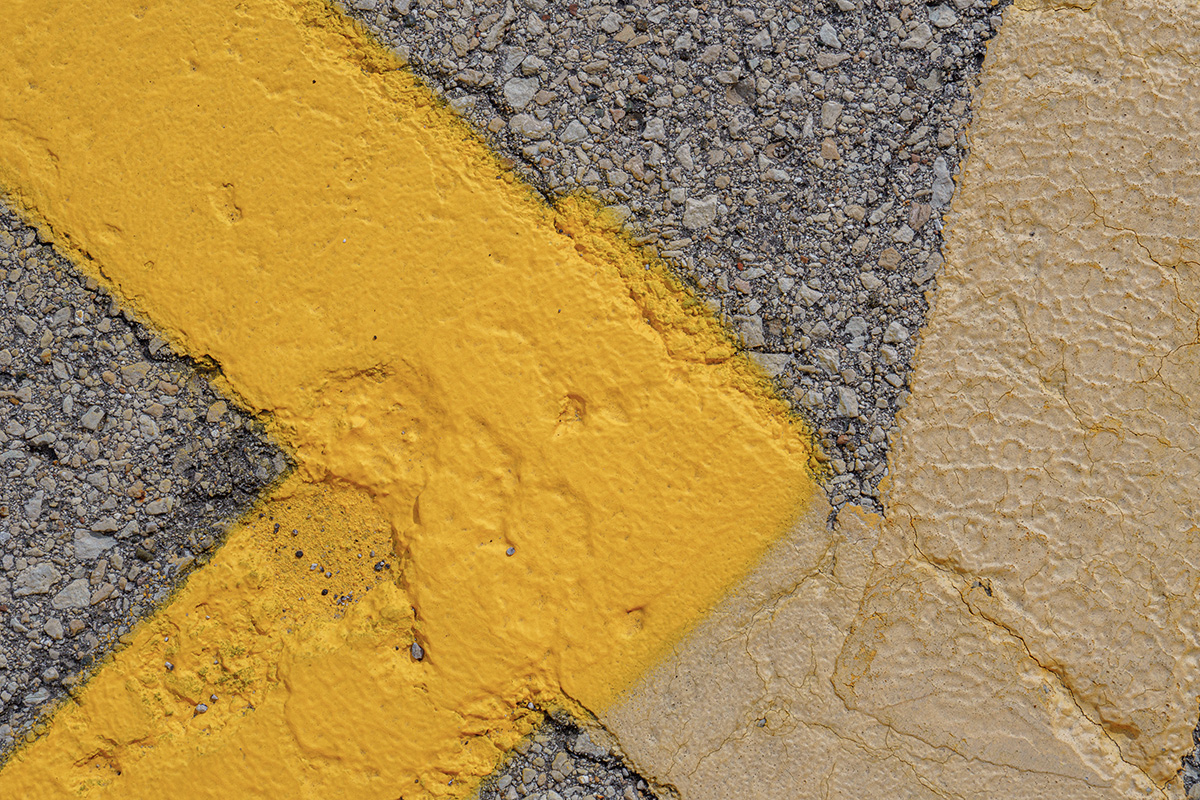Connecting to the Environment
Jillian Bell’s Tamron lenses help her capture snippets of her day through close-up photography.
Share the article:
More Photo Tips | Video Gallery | Photo Gallery | Enewsletter sign-up
By Jenn Gidman
Images by Jillian Bell
One of the advantages of being a national tech rep for Tamron is that I'm able to use all of the lenses in the Tamron line. This allows me to be versatile in my photography, which is a unique perspective for the average photographer. Being a macro photographer, the added advantage of a superior Minimum Object Distance (MOD) with many of the Tamron lenses I’ve used definitely bodes well for this genre of choice.
Why is close-up and macro photography the genre I’m drawn to? I see the world in little pieces, and it’s those little pieces that fit together that give us the whole story. Even when I’m leading a landscape workshop, I’m always on the lookout for smaller details. It’s how my eye has been trained over the years, and it's what I find interesting.
The Tamron lenses I’ve had at my disposal have allowed me so many creative options in my close-up work. I’ve used everything from the wide-angle 17-28mm F/2.8 lens, SP 35mm F/1.4 prime, and 28-75mm F/2.8 G2 and 35-150mm F/2-2.8 standard zooms, to all-in-one lenses like the 18-300mm VC, to ultra-telephoto lenses such as the SP 70-200mm VC G2 and 150-500mm VC.
In addition to the close-focusing abilities of many of these lenses, I also appreciate being able to use the maximum apertures that many of them offer. Because I typically focus on textures, lines, and detail, a shallow depth-of-field is something I’ve always gravitated toward. It helps me isolate my subject—which in turn helps add breadth and depth to my images. They almost look three-dimensional. I thoroughly enjoy how my Tamron lenses create a super-creamy, smooth bokeh and transition into that soft abyss without having to do a ton of editing. The lenses help my photos speak for themselves.
In my personal time, I’m a mixed-media artist. I work with building up acrylic paint, repurposing antiques, and the like. And so translating that to my photography, I also find myself drifting toward items that have been well lived—those subjects that have a patina; they have a backstory and have built up layers for a long time.
For instance, take the image shown here of the rust on a beautiful vintage Corvette, which the owner decided not to fix or hadn't gotten around to fixing yet. The harsh black line you see is the car door, while the rust and salt creates the beautiful texture. It almost reminds me of ocean waves coming in off the shoreline. I also love the whimsical mentality behind images like the cracked paint on the bricks. Who isn’t enamored by smiley faces created in natural life? Photos like that automatically lighten my mood. We’re trained as humans to look for faces, and so that’s a common thread throughout my pieces.
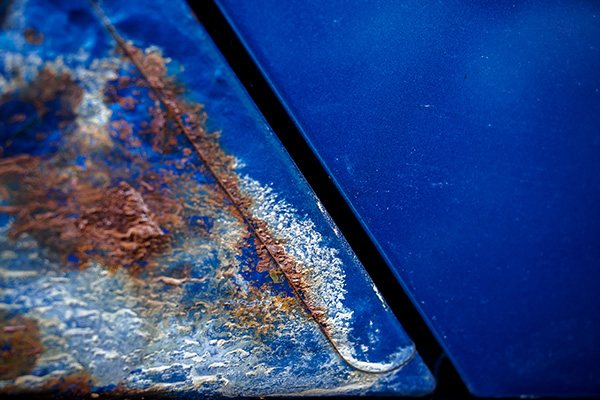
35mm, F/4.5, 1/50 sec., ISO 400
Click image to view larger
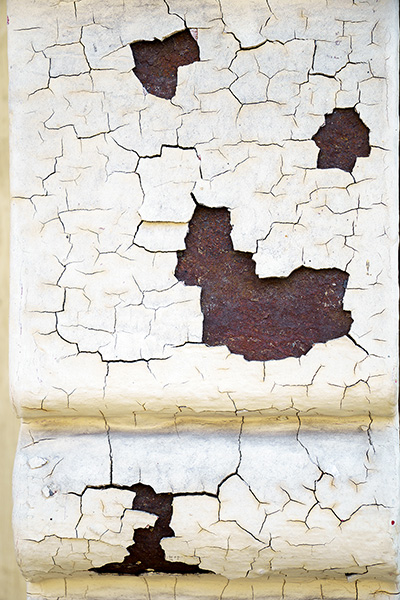
18-300mm (60mm), F/4.5, 1/100 sec., ISO 100
Click image to view larger
You’ll also often find me isolating just one part of a subject in my photos. You can see examples of that in the photo of the lone dragonfly doing yoga by the lake, or in the image of the single leaf stuck on my window on a rainy day. I could have included more of the lake in my image, or more of the leaves, but creating a minimalistic, abstract image simplifies everything. It’s like I’m going one step further and saying, ‘This is the one thing I want you to look at.’ By placing it in this negative space, I’m able to let it breathe.
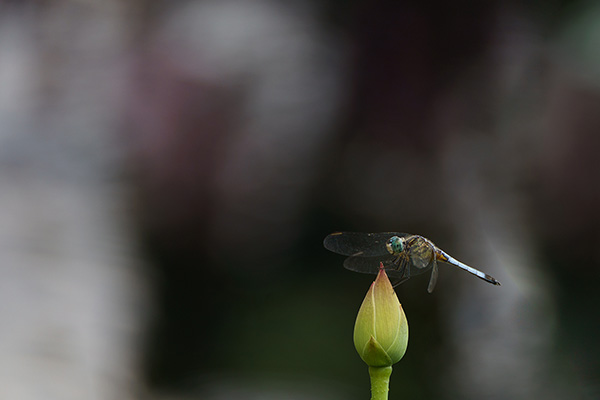
70-300mm (300mm), F/6.3, 1/200 sec., ISO 500
Click image to view larger
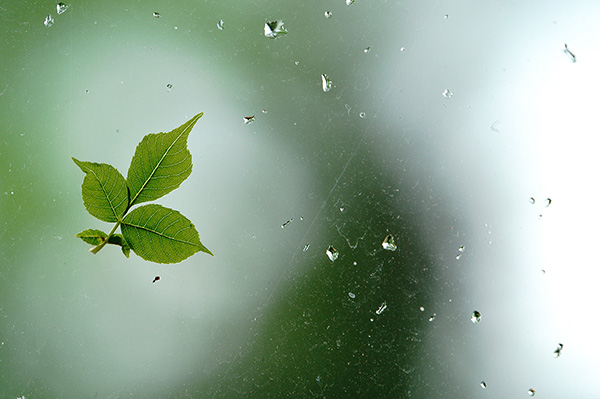
150-500mm (500mm), F/11, 1/40 sec., ISO 1250
Click image to view larger
Another fun thing I like to do that comes to me naturally: look for small things that remind me of larger things. By that, I mean I try to connect the abstract to the everyday. For example, the autumn leaf you see here reminds me of an octopus or a squid, or a Kraken sea creature that pirates spun legends about. Or take that photo of the little piece of paper stuck on a utility box. That looks like what you’d see if you were on an Alaskan cruise, standing on the deck and glimpsing icebergs off in the distance.
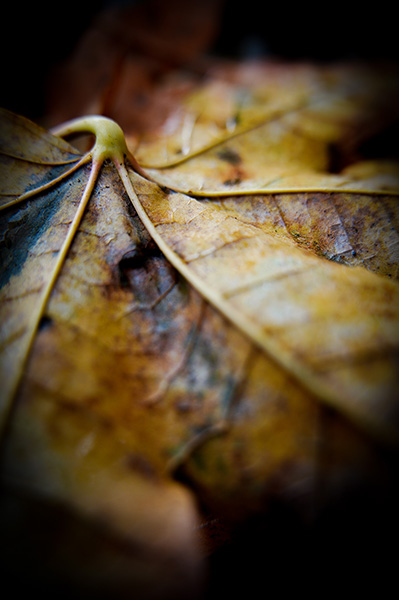
28-75mm (28mm), F/2.8, 1/640 sec., ISO 200
Click image to view larger
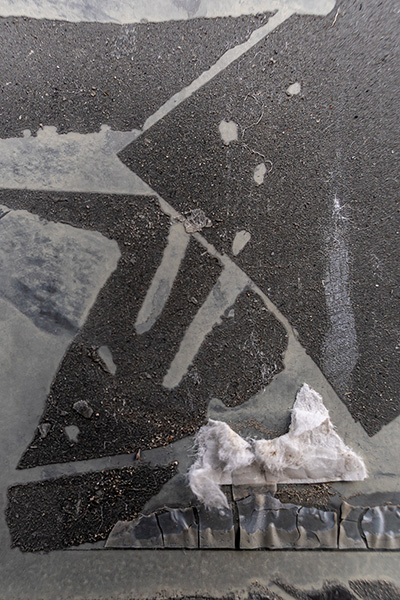
28-75mm (28mm), F/4.5, 1/30 sec., ISO 500
Click image to view larger
Color and shadow play a big role in my work as well. By incorporating both of those things, you achieve contrast, depth, and an emotional reaction. My favorite color is yellow, so when I’m looking around my environment, yellow flowers or other subjects pop out at me. Then I look for what part of that subject to highlight.
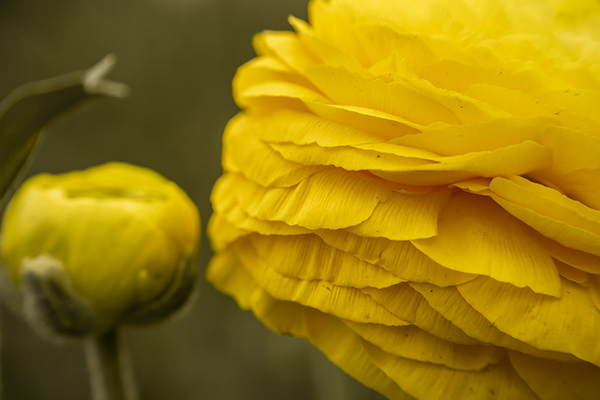
150-500mm (173mm), F/9, 1/400 sec., ISO 400
Click image to view larger
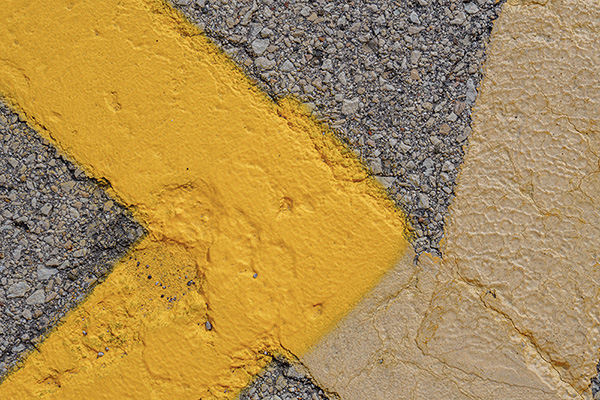
18-300mm (74mm), F/11, 1/320 sec., ISO 100
Click image to view larger
One important factor about this type of photography is that it’s very accessible. I don’t have to chase the light—in fact, I’m usually a midday photographer. Plus, being a tech rep puts me in many different places for a short amount of time, and my schedule is pretty busy. I'm constantly in transition between where I am and where I'm going. So no matter what Tamron lens I have on my camera at the time I’m on the move, or where I am, I have an opportunity to create art—and I don’t need to take a lot of time out of my day to do it
That’s what appeals to me the most about this type of close-up photography with my Tamron lenses. I’m able to capture these little snippets of my day, which helps me remember where I’ve been and where these images were taken. It better connects me to the moments I’m in, and to my environment.
More Photo Tips | Watch Videos | Learn More About Tamron Lenses | Photo Gallery
